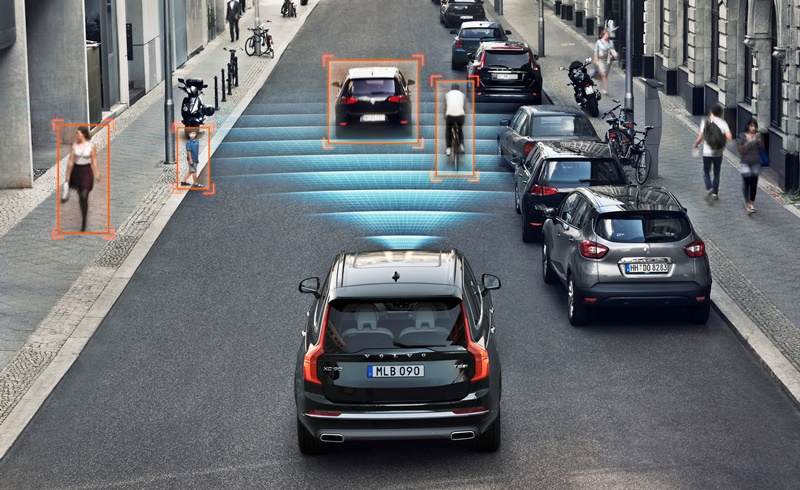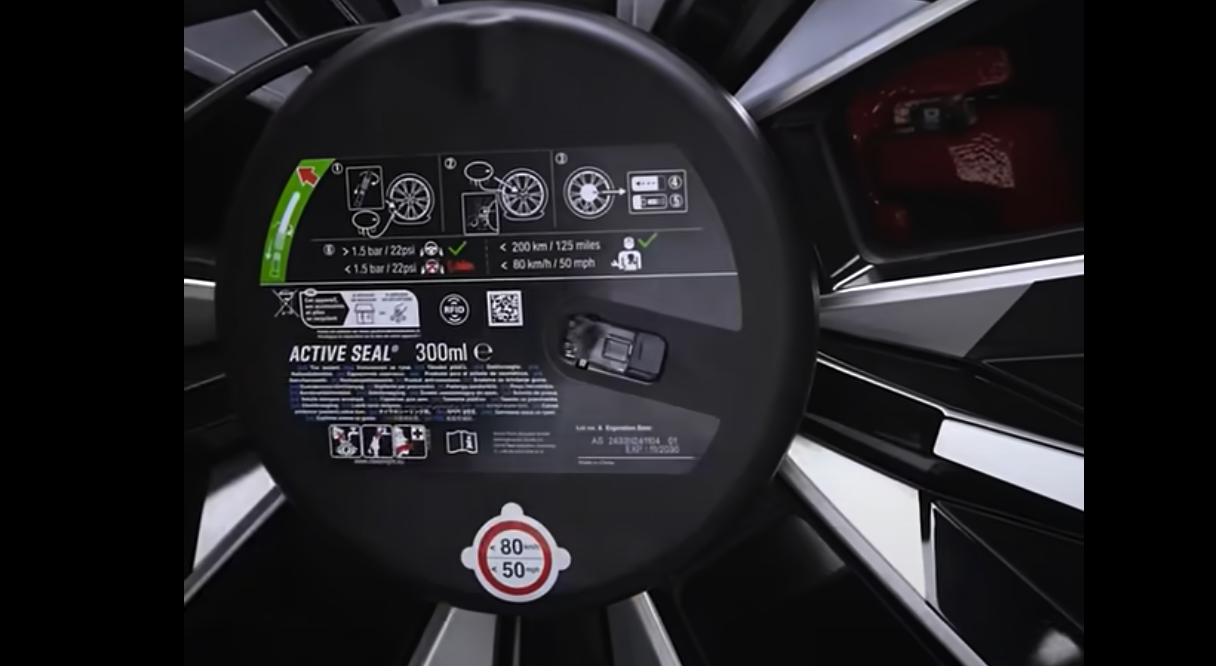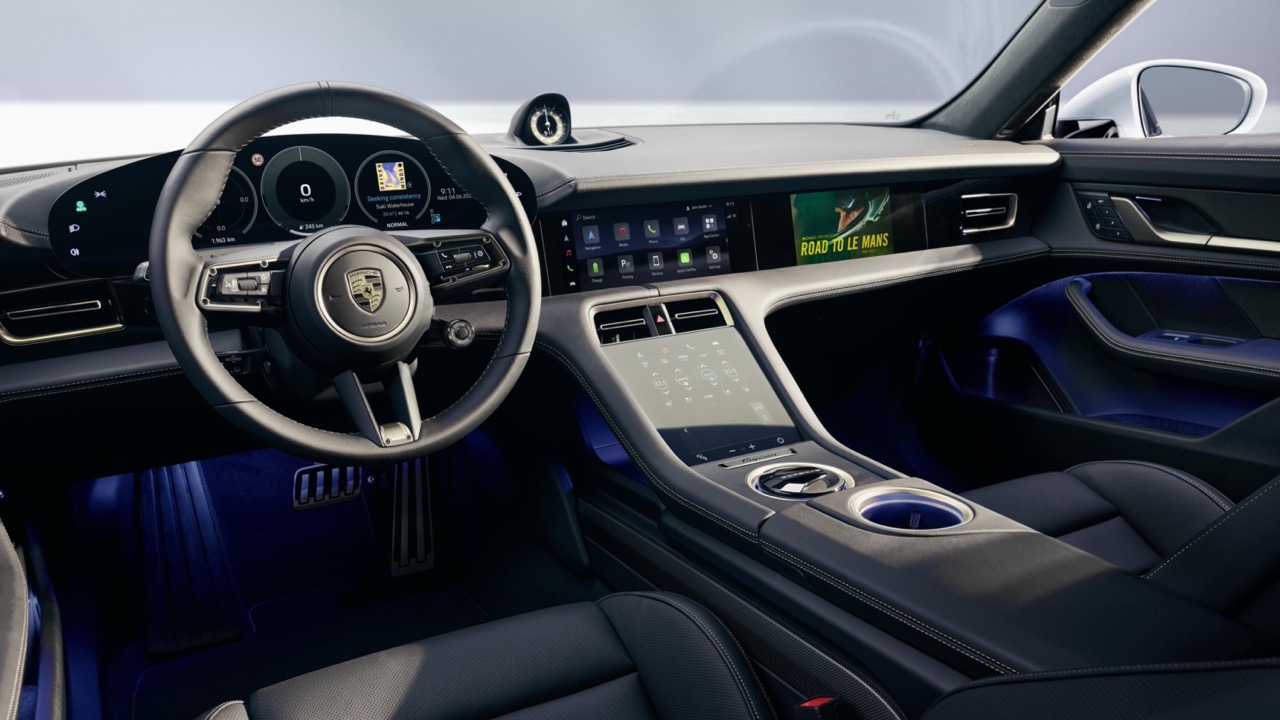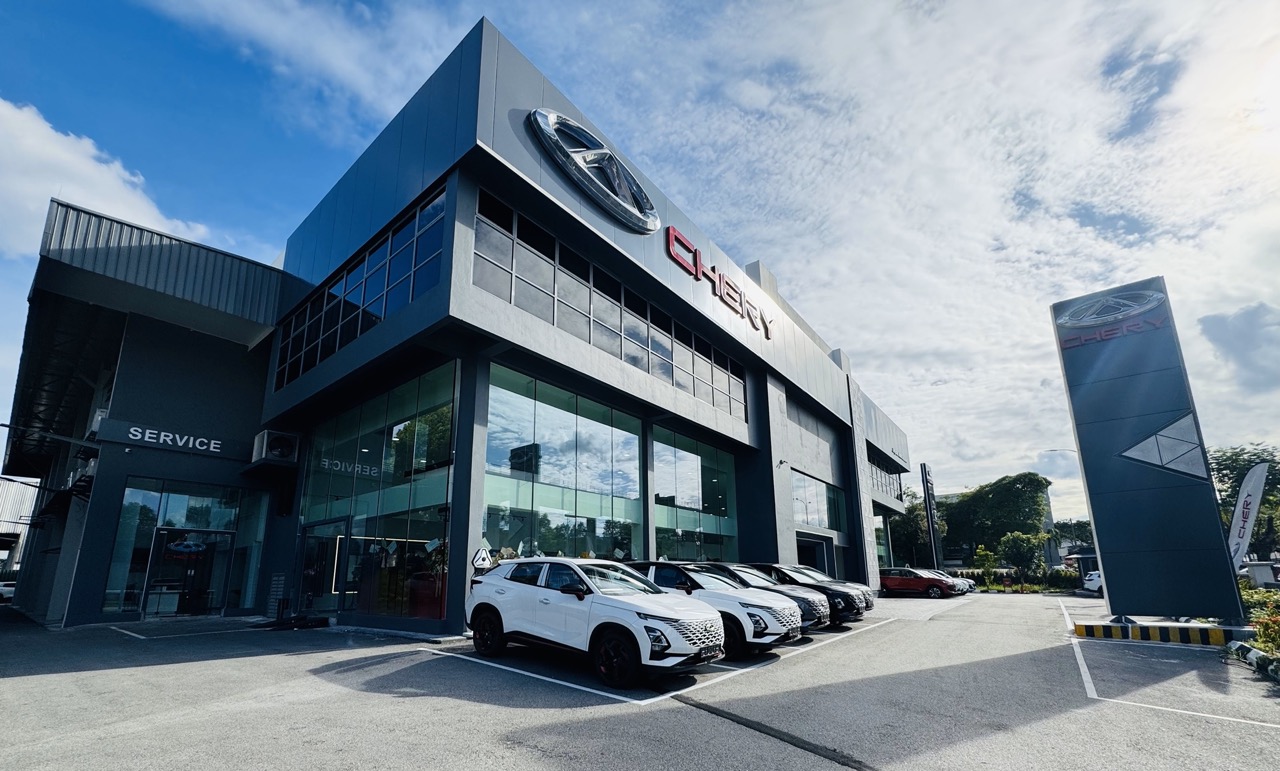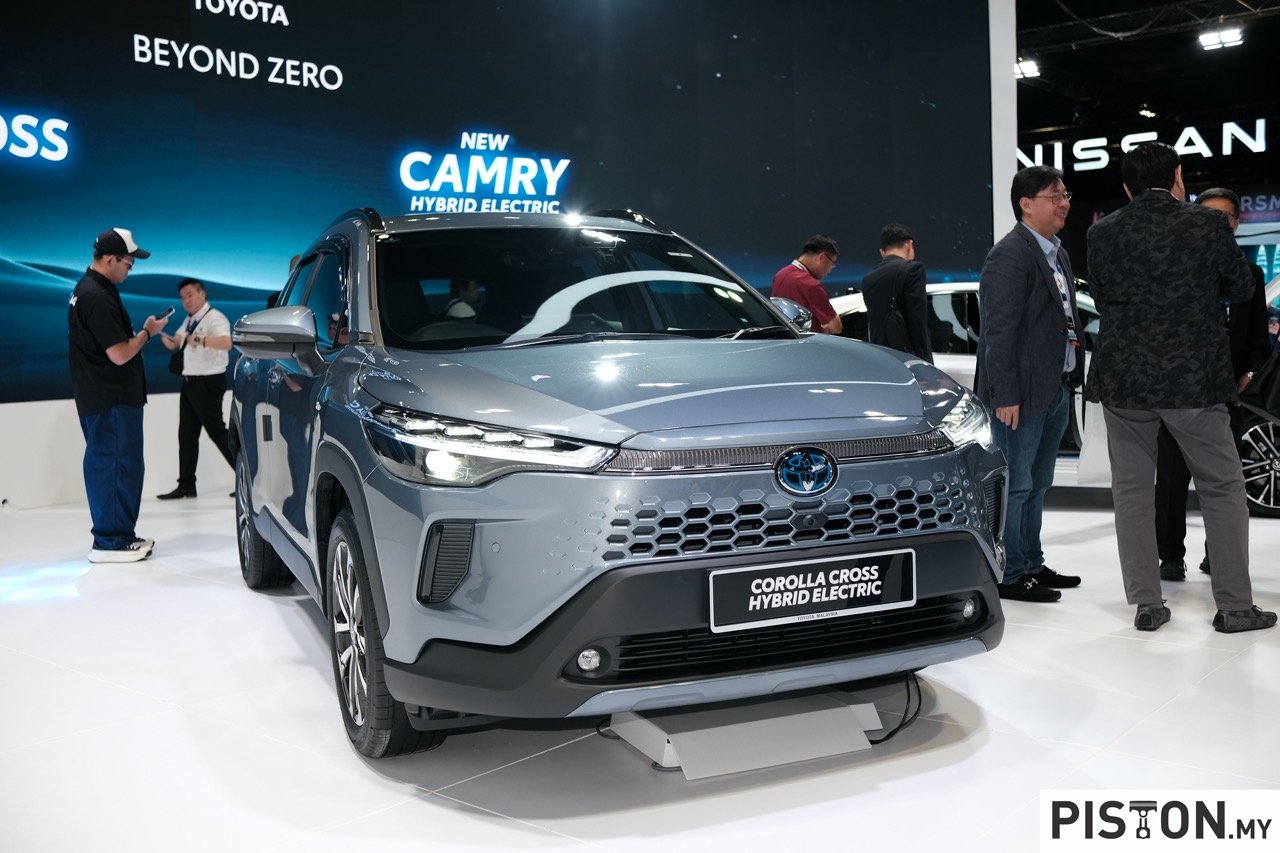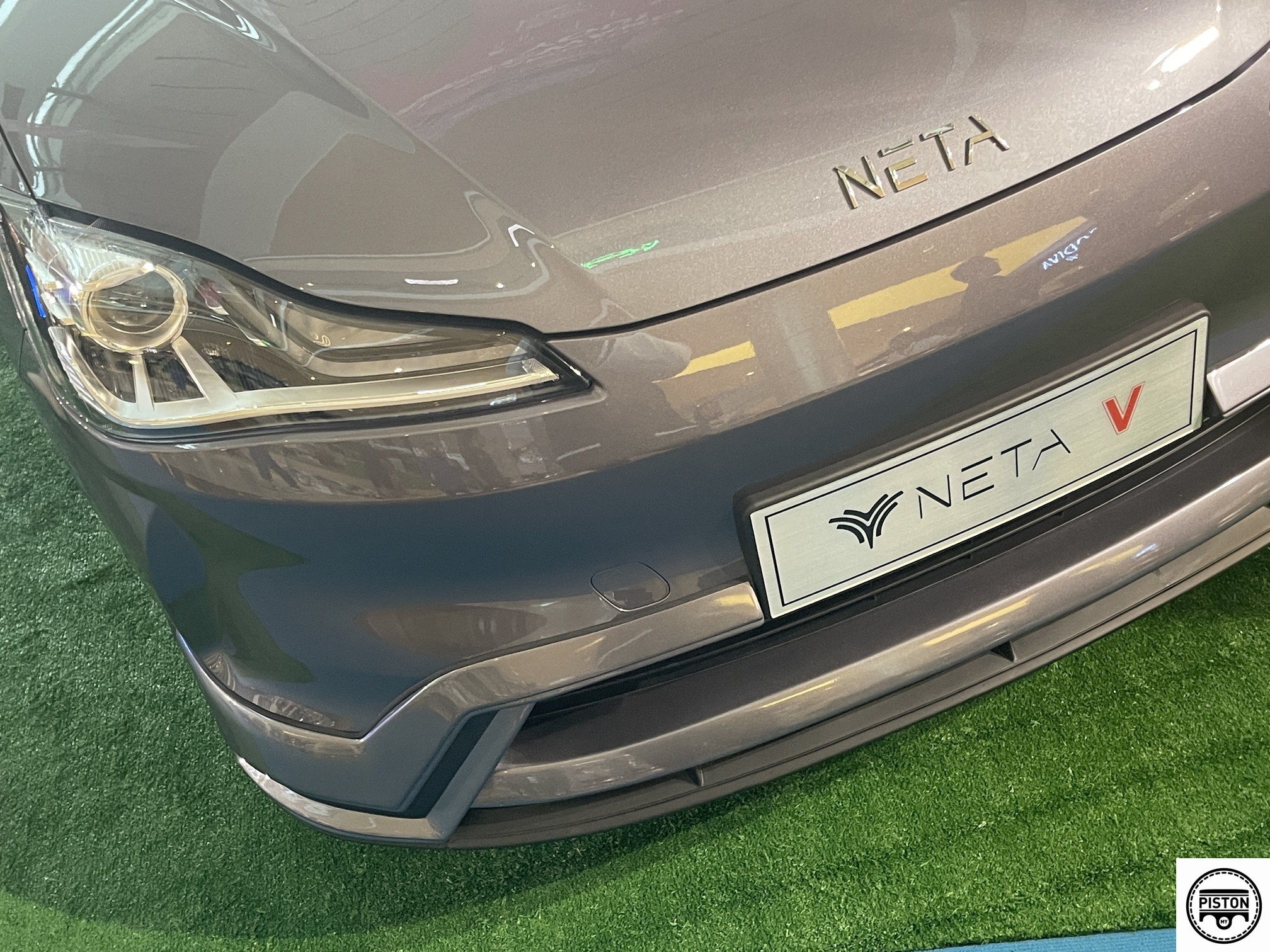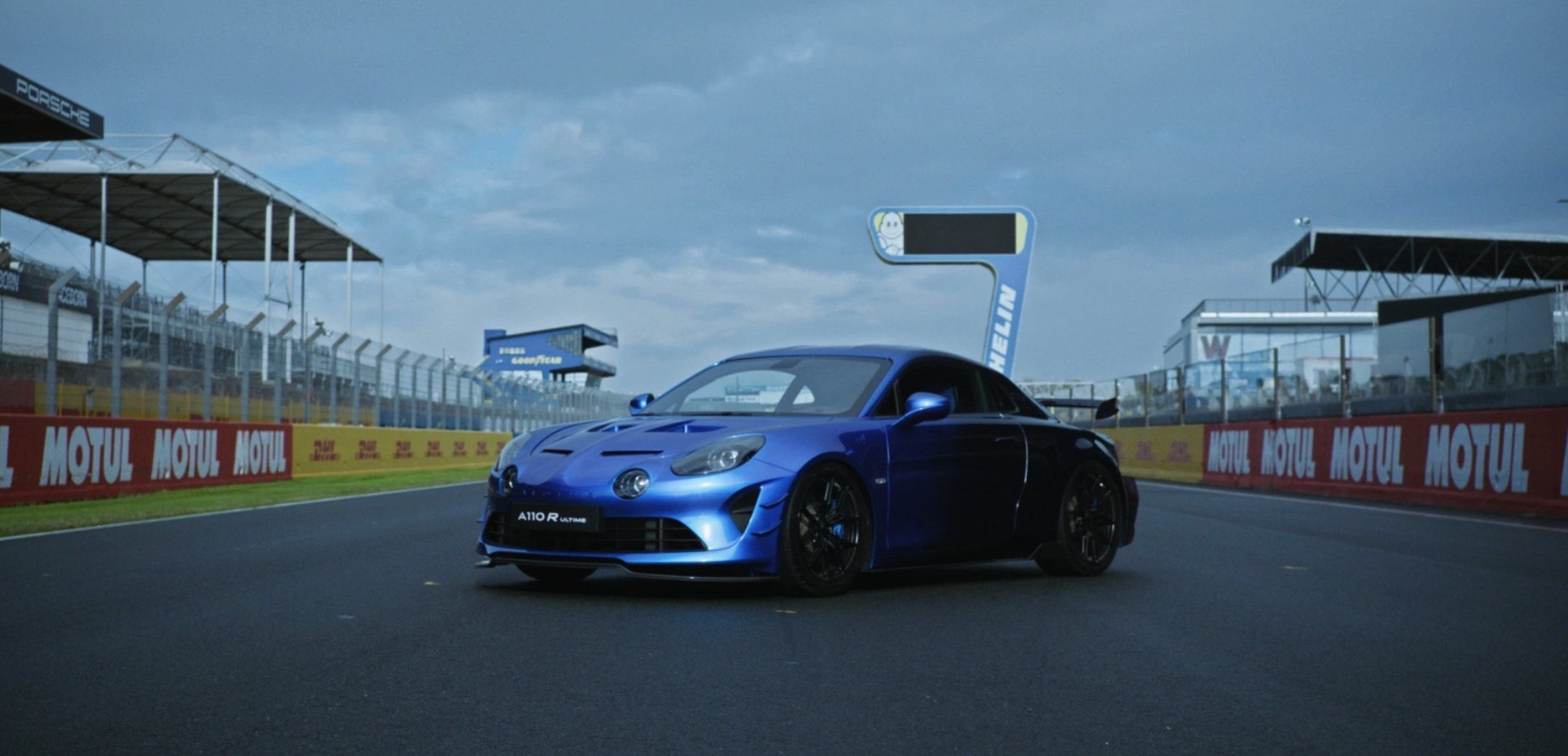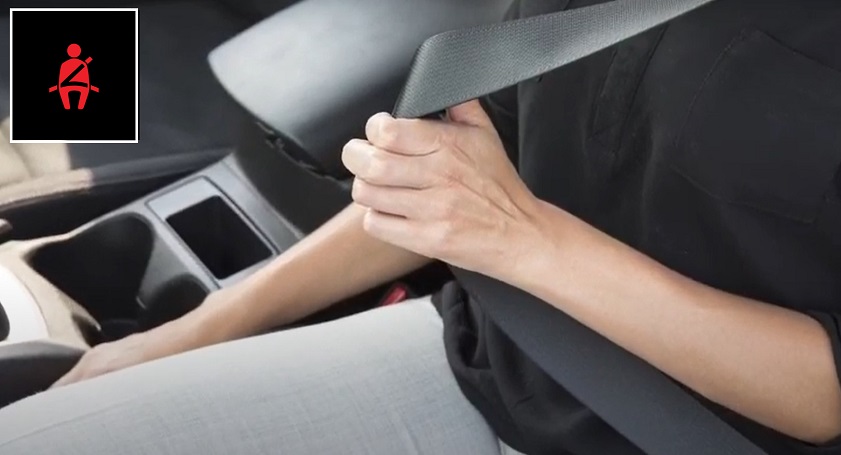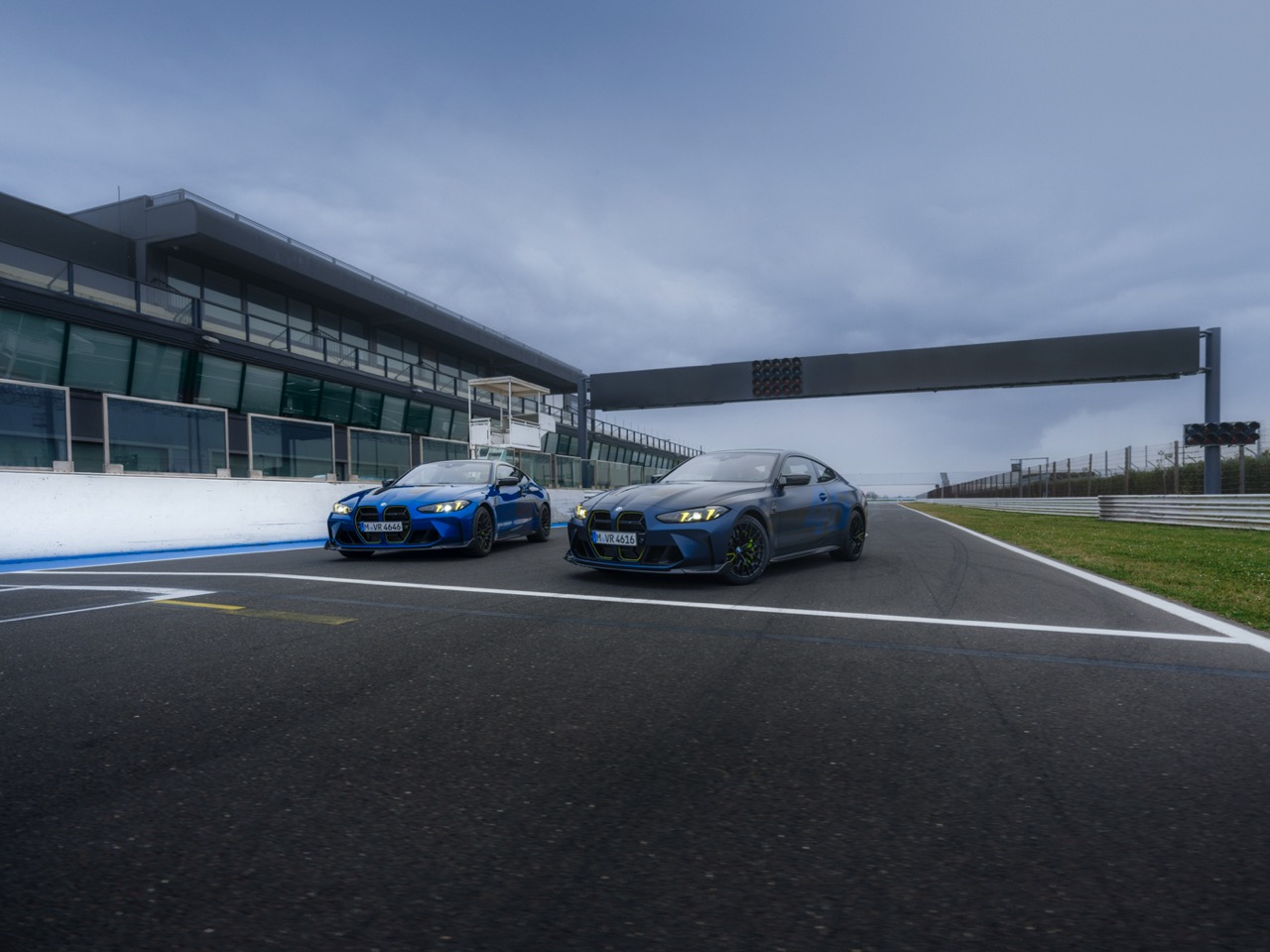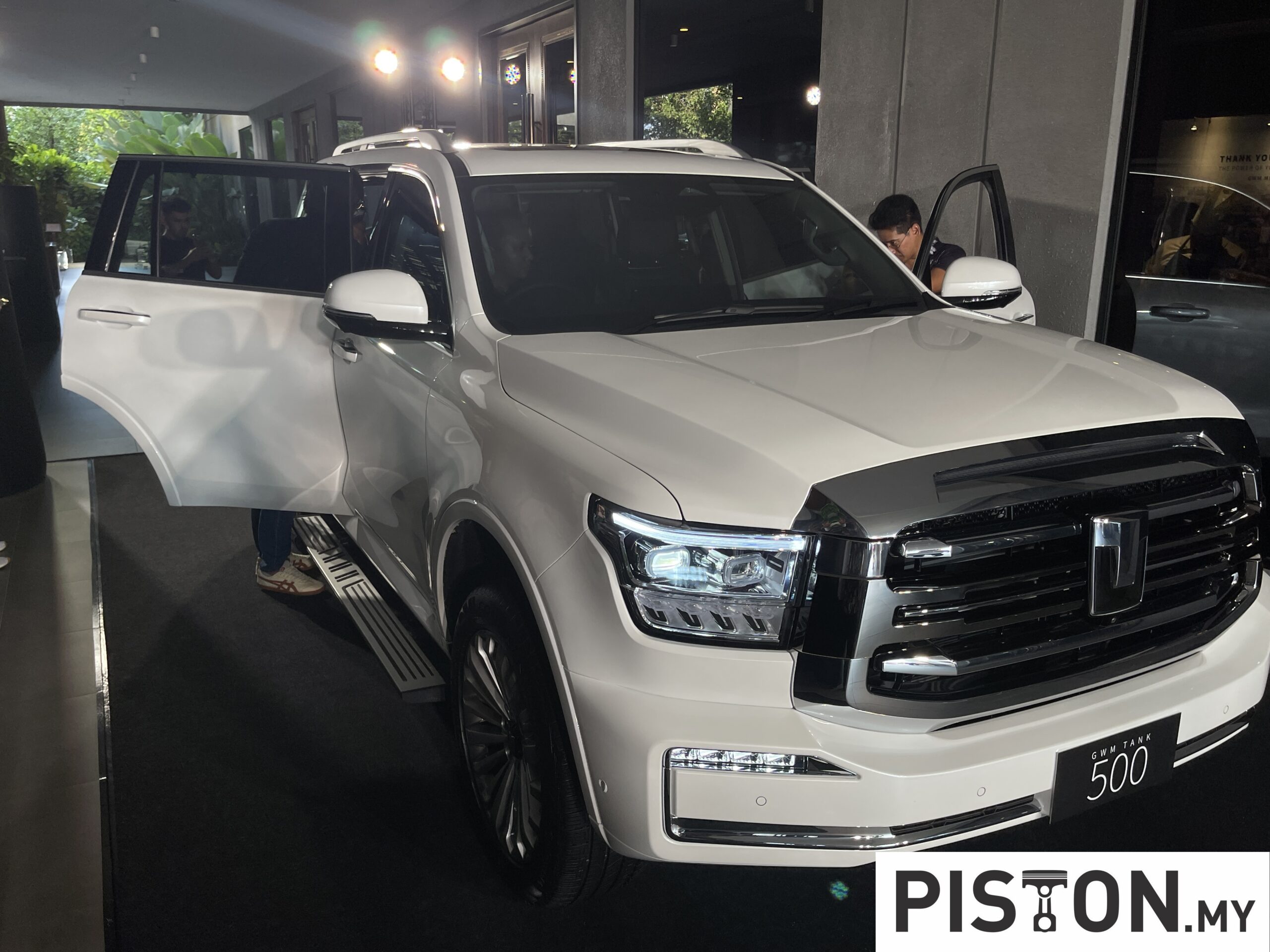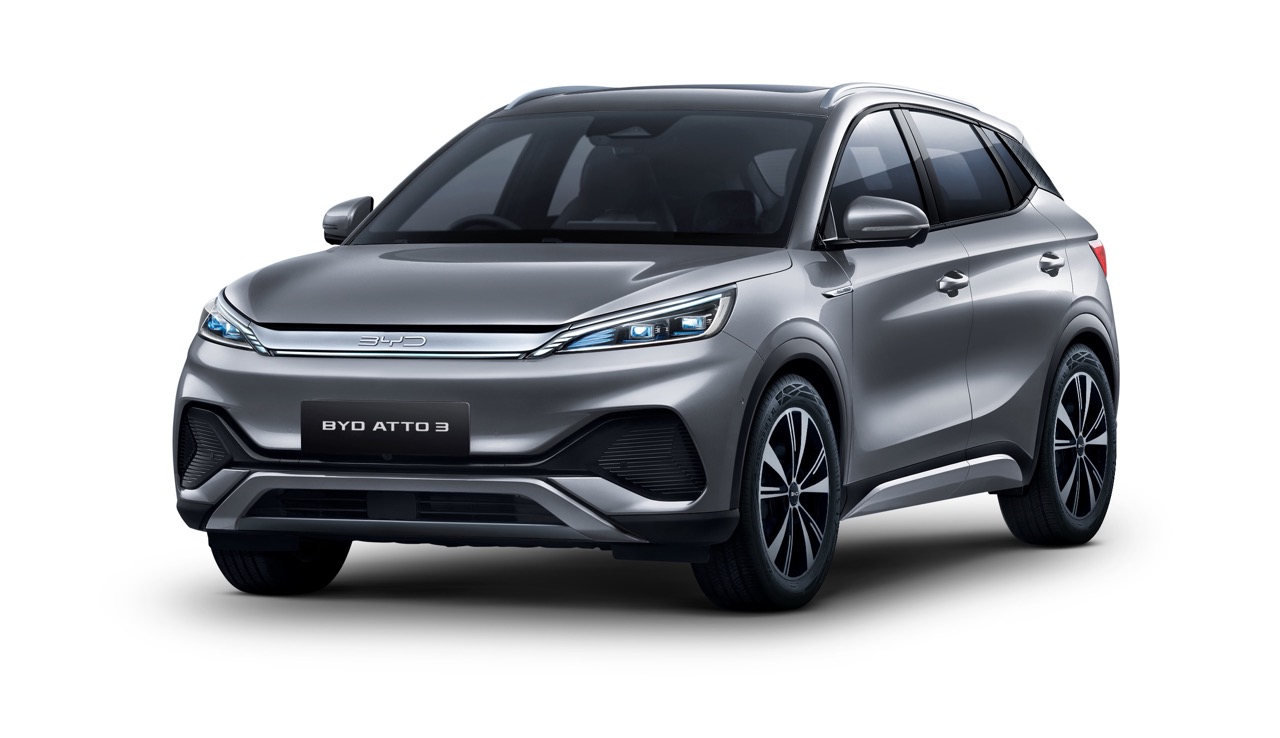As a leader in automotive safety, Volvo has obviously stayed abreast of all developments which affect drivers and driving. Understanding that maintaining concentration on driving and on the road ahead are vital for safety, the focus has always been to minimise distractions.
In the early 2000s, for example, the company introduced IDIS (Intelligent Driver Information System), an innovative feature in the S40. IDIS helped the driver prioritise the information and services in the car depending on the current driving situation. If necessary, the system would delay incoming phone calls and other information during times when the driver was in a situation of higher ‘workload’.
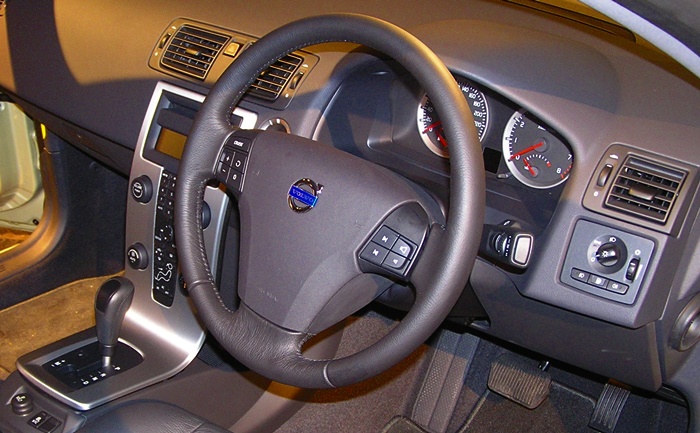
More distractions today
In more recent times, with the increased use of smartphones and touchscreens inside cars, there has been a growing debate around the dangers of distraction behind the wheel. There are laws that restrict use of mobilephones during driving, and to address this, manufacturers installed handsfree systems to manage calls.
However, the safety experts at Volvo Cars see the issue n a different light. They say that distraction is ‘a fact of life’, and that technology should be used to support people in their daily commute. The company’s own safety research and behavioural science work suggests that when used correctly, modern technology inside the car can actively reduce distraction, boost road safety and help people to be better and more focused drivers.
“It is easy to think that phones and screens are the only scourge of the modern driver, but life as a whole is distracting,” said Malin Ekholm, Head of the Volvo Cars Safety Centre. “We know people do not get distracted on purpose, but it happens. You could be late for an appointment and somewhat stressed, or you get behind the wheel after a bad day at work – all this affects you as a driver.”

How drivers and society really operate
Some would say that from a distraction point of view, a car from the 1940s is safer than today’s cars – after all, it does not contain a screen, phone connectivity or even a radio. But that is not how today’s drivers and society operate.
“The reality is that people want to engage with friends, family, work and entertainment, and everyone responds differently to distraction,” said Ekholm. “So we want to meet our customers where they are, not where we want them to be. That is why our focus is on using technology in the right way, so we can use it to help you stay safe behind the wheel.”
Volvo Cars actively uses technology to combat the dangers of distraction, so as to offer some of the safest cars on the road. For example, its Active Safety systems with autobrake and steer assist are designed to be on guard to help drivers if they lose concentration or are distracted for a split-second.
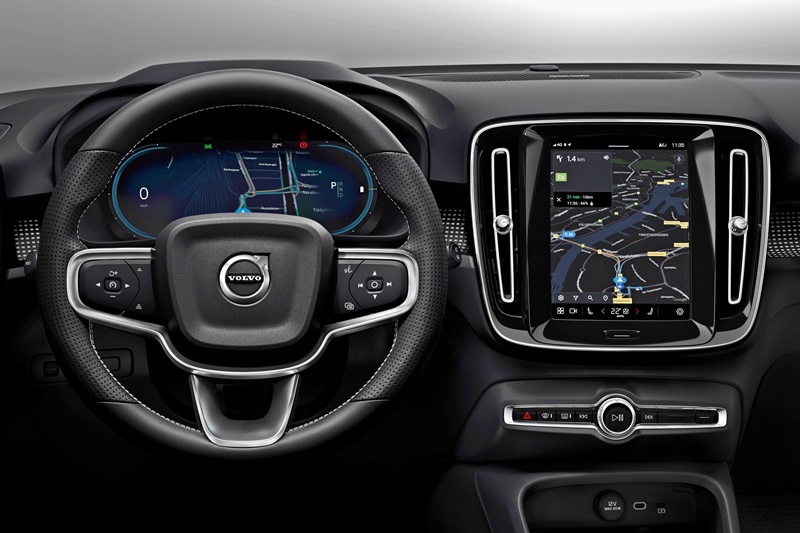
Andorid-powered infotainment system
In the new XC40 Recharge Pure Electric, an advanced voice control on Volvo Cars’ new Android-powered infotainment system allows drivers to control the temperature, set a destination, play their favourite music and podcasts or call their mum on her birthday – all while keeping their hands on the wheel and eyes on the road ahead.
“Being able to control key features on your Volvo by voice allows you to keep your hands on the wheel and your eyes on the road,” said Ekholm. “Active Safety systems such as City Safety, Run-off Road Mitigation and Oncoming Lane Mitigation with Steer Assist can act as an extra pair of eyes watching over you.”
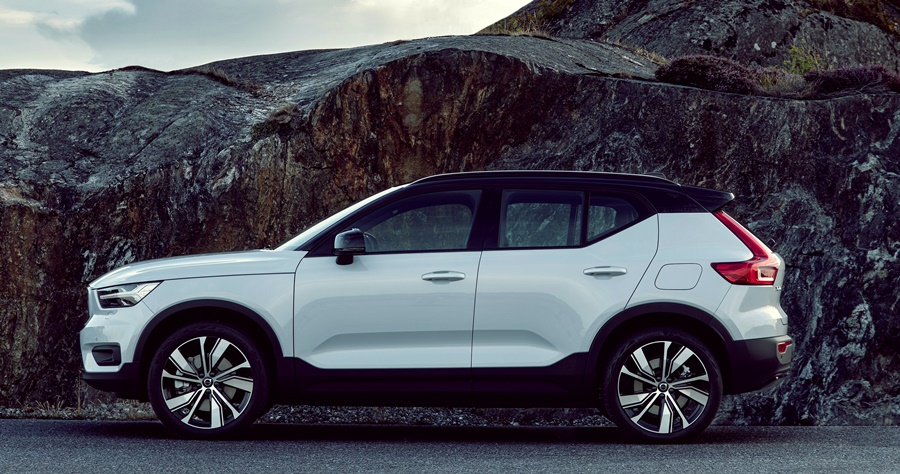
Volvo Cars believes that distraction should also be addressed via in-car cameras and other sensors that monitor the driver. With such technologies, if a clearly distracted (or drunk) driver does not respond to warning signals and risks a serious, potentially lethal accident, the car could intervene.
That intervention could involve limiting the car’s speed, alerting the Volvo on Call assistance service and, as a last resort, actively slowing down and safely parking the car. Volvo Cars plans to start introducing these cameras on the next generation of Volvo’s scalable SPA2 vehicle platform.
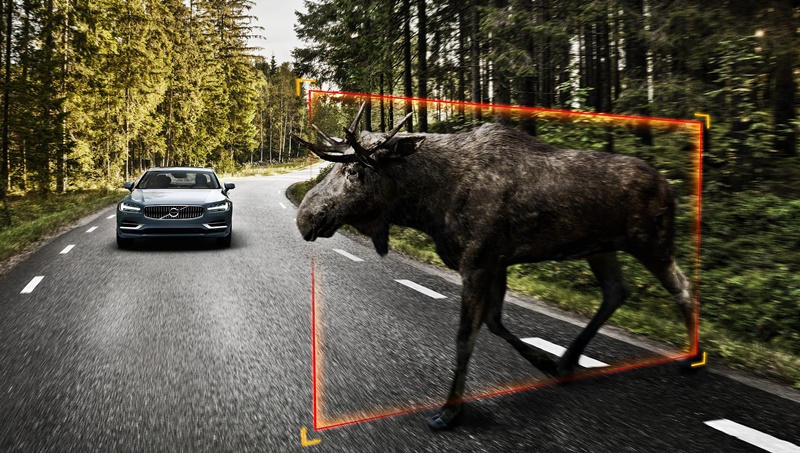
Humans have not changed much during a couple of thousand years. It’s a huge challenge to educate a human being into the perfect driver so Volvo designs its vehcles instead to help prevent the driver from having an accident – and to protect everyone in the car as well as possible if a crash is unavoidable.
Soon, you will be able to go only up to 180 km/h in any Volvo




